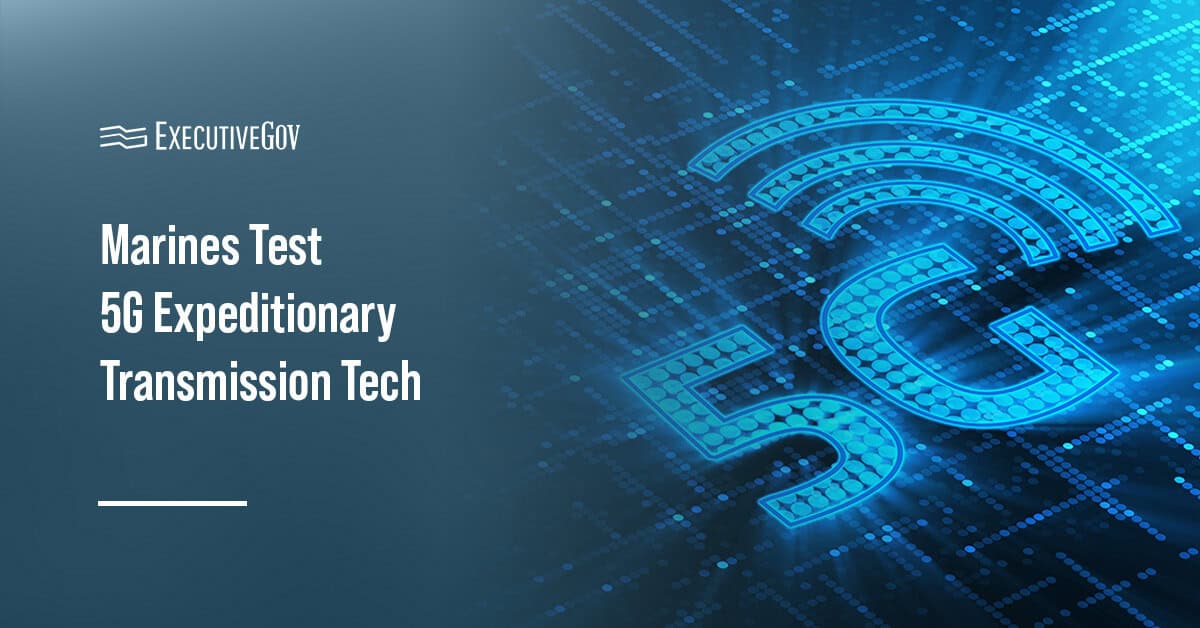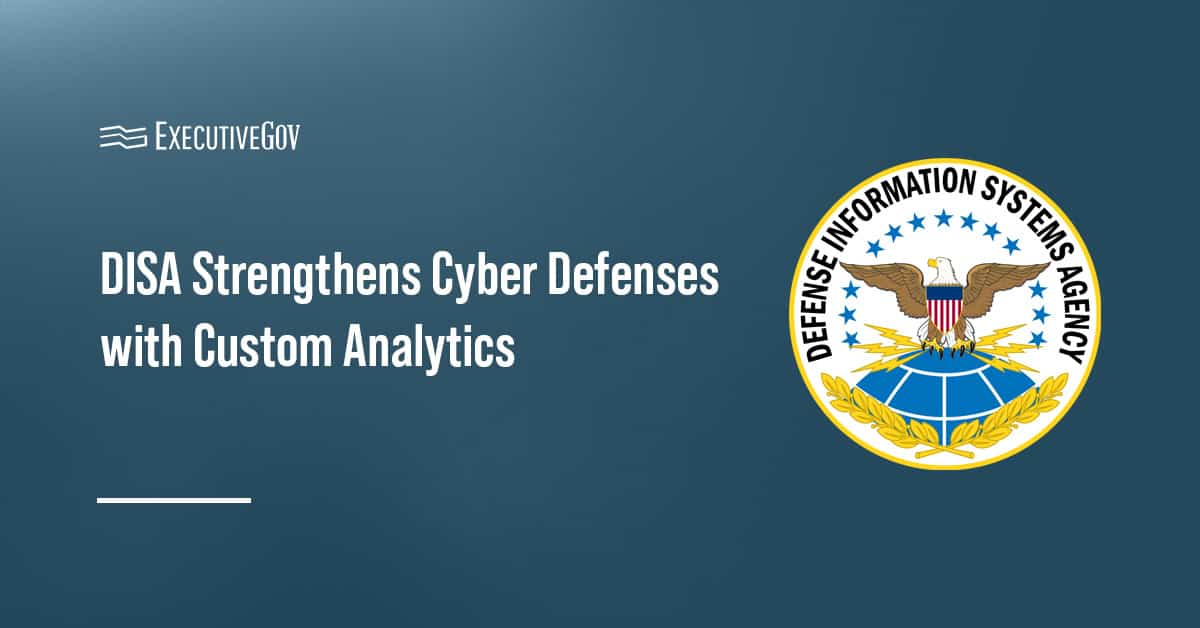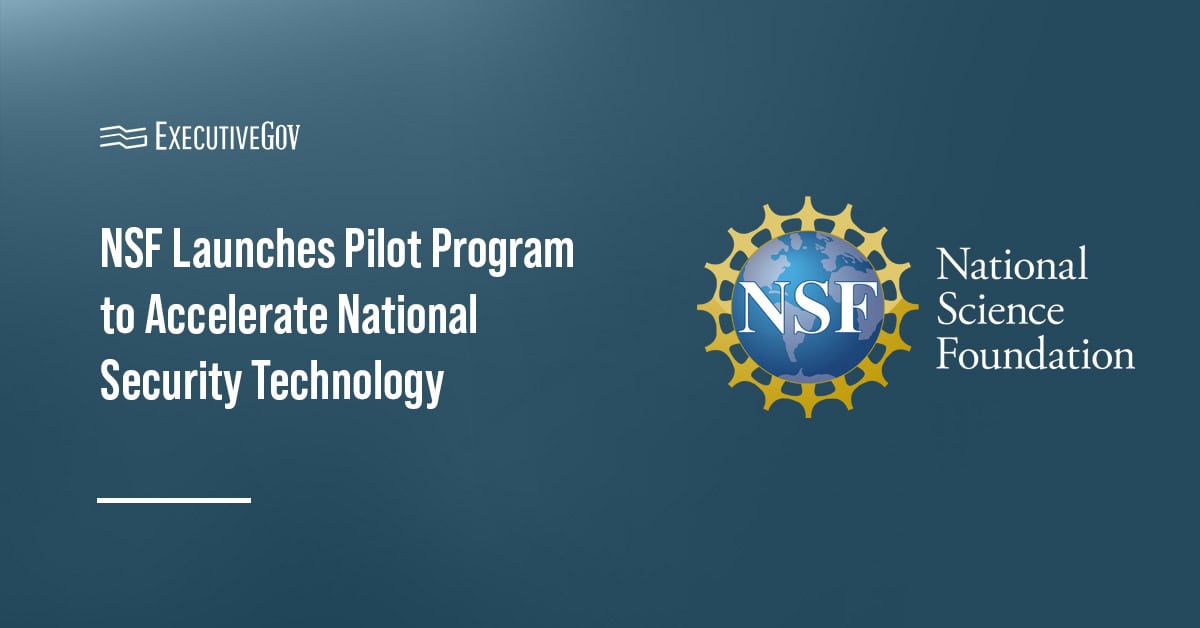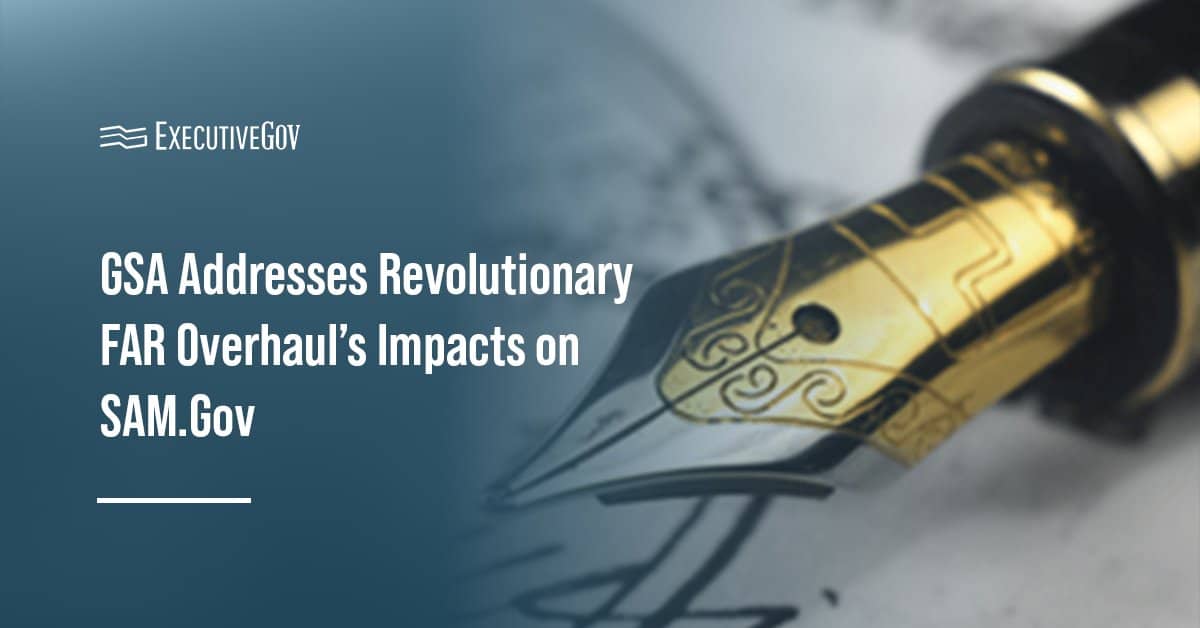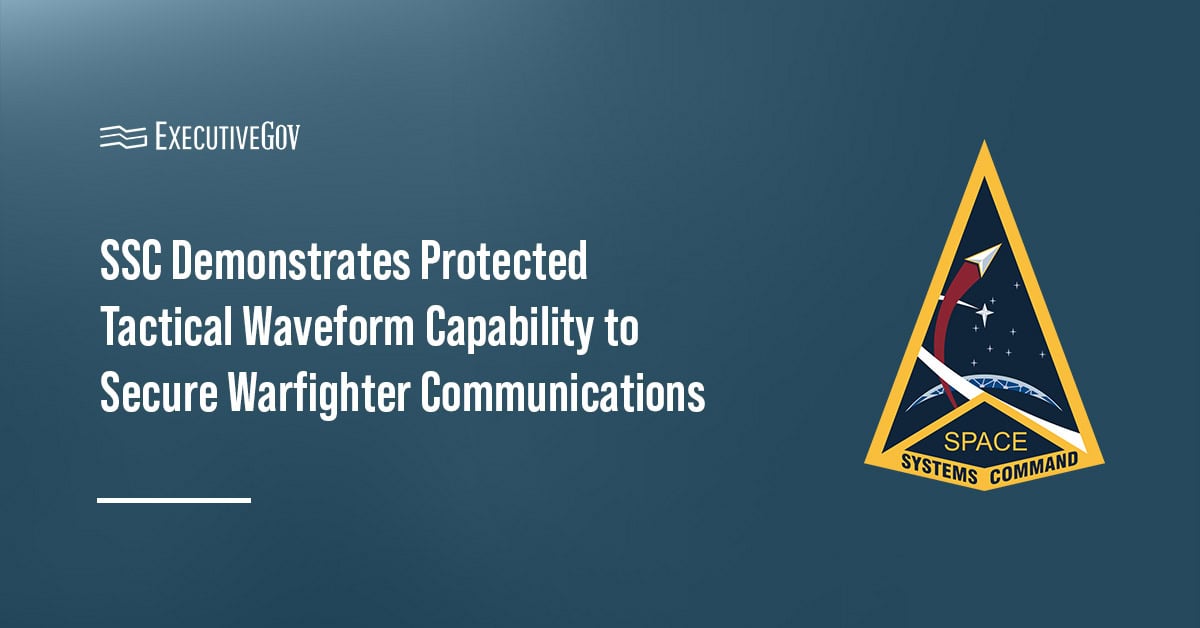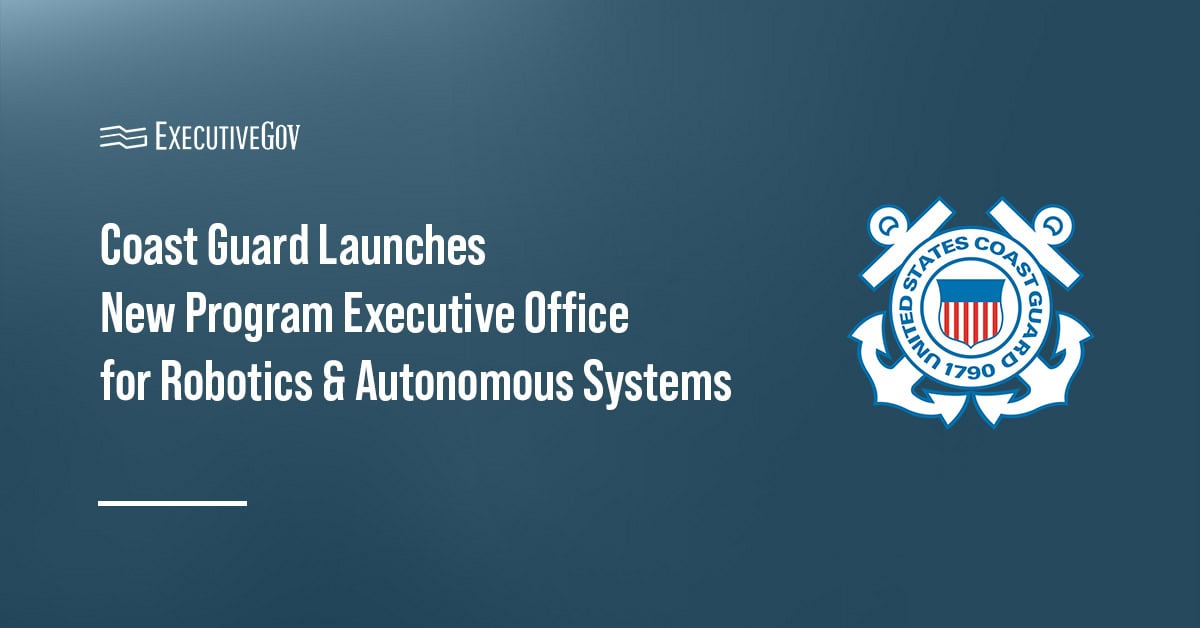Communication Strategy and Operations, or COMMSTRAT, Marines with II Marine Expeditionary Force, or MEF, tested the capability of a 5G communications technology to support imagery transmission during a field training exercise held at Camp Lejeune in North Carolina.

Explore the latest naval tech advances and gain valuable insights into opportunities, trends and policies that could shape the future of naval operations at the Potomac Officers Club’s 2025 Navy Summit on Aug. 26. Reserve your spot now for this GovCon industry event!
“One of the biggest challenges in the digital realm for warfighters is communications going down, and once it’s up, protecting that connection,” Chief Warrant Officer 4 Izzel Sanchez, II MEF COMMSTRAT visual information officer, said in a statement published Wednesday.
“The new systems we’re putting together aim to fix that. We need to test them in these environments so when the scenario changes, we can change too and still execute the mission effectively,” added Sanchez.
Testing 5G Expeditionary Router & Starshield
During the exercise, the Marines trained on a 5G expeditionary router and a lightweight satellite antenna called Starshield, designed to create high-speed uplinks. Using the new systems, they captured, edited and transmitted short visual products.
The event enabled the Marines to assess each piece of equipment’s field durability, ease of use and effectiveness under realistic conditions. The 5G router facilitated quick startup and file transfers, while the Starshield antenna enabled transmission with minimal setup.
“Being able to instantly send imagery from austere environments makes it far easier to control the narrative and pass the truth of what’s on the ground,” said Sanchez. “COMMSTRAT Marines are no longer just observers, they’re an implemented capability. They bring a weapon and a camera, they train alongside the units they embed with, and they’re ready to defend themselves and those around them while delivering critical information.”
The exercise is part of the Digital Frontline campaign that aims to demonstrate how advanced communications systems could enable Marines to securely perform operations in an information-driven battlefield.


